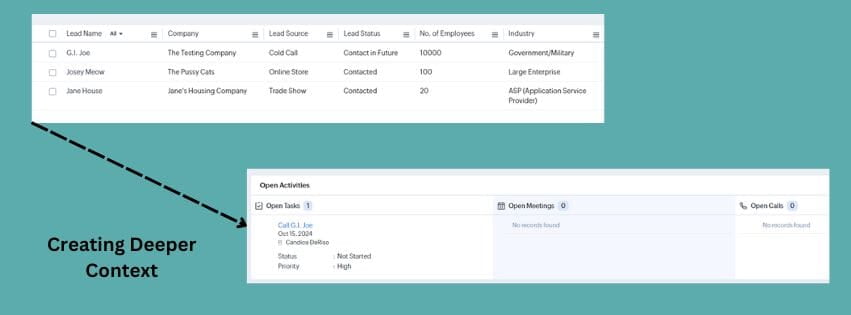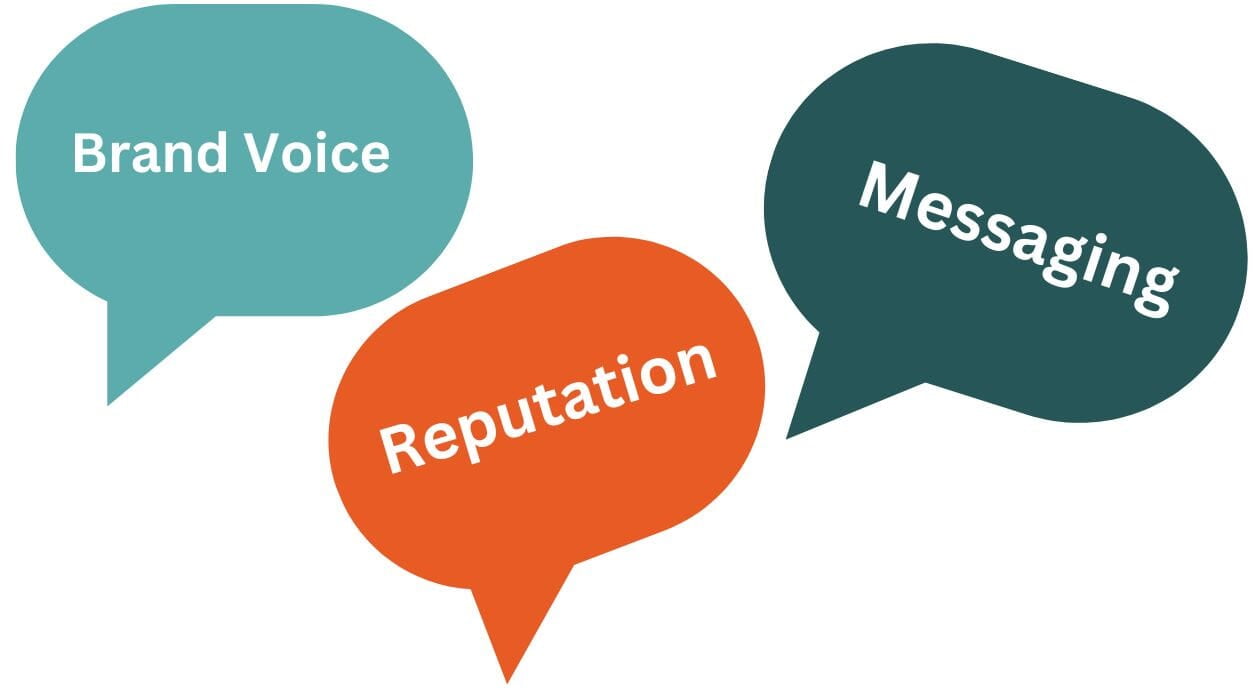
What Does a CRM System Do for Your Business?
Using Customer Relationship Management as a Strategy for Tailored Communications and Data-Driven Marketing
What’s a CRM System?

How do you manage unique customer relationships?
When your business is providing value that is unique to each prospect and customer at every stage of the journey, you are treating the relationship as unique. This happens through smart segmenting and personalized communications when you leverage your data. This is a mindset and approach to sales and marketing that increases revenue and loyalty over time. We can achieve this more personalized marketing by first creating a CRM Strategy.
"Only 6% of companies are truly capable of consolidating data into a single view of the customer for personalized experiences across channels.
55% of consumers felt that a more enjoyable email experience would include retailers offering more targeted promotions and discounts." (Source: Dynamic Yield)
Creating a CRM Strategy in 6 Steps
- Document or diagram the process. Begin with how you find and engage prospects. When and how do you know a prospect is qualified and ready for a quote or proposal? Define your complete marketing and sales funnel / cycle. You may find that evaluating the combination of your marketing and sales efforts leads you to more questions - that is okay. Start with lead generation and go step by step through every interaction that happens until someone becomes a loyal customer.
- Identify areas of data collection. During the marketing and sales process,what are the key data points that you collect about your customer (i.e. full name, email, mobile number, a specific service interest, location, etc)? These are the fields you want in your CRM software. Also ensure that you understand the impact of the different field types.
- Find the automations. Go through the process document /diagram again. This time around, identify the areas where there is repetitious, manual work. These are your potential automations.
- What information are you gathering from other platforms or systems? Perhaps you need to see financial data from your bookkeeping software or website analytics to see the customer's page path. These are your potential software integrations and contextual data.
- Team members. Decide who on your team will be using the CRM system and what they will be doing within it. Your CRM is a data hub. It is no longer a place exclusively used by sales teams, so think about how different departments and team members could get value from its use.
- The rollout plan. The last step is to decide how you will rollout this software with your team. This should include the plan for training team members, allow space for mistakes in the early days, and continual improvements in the software customization.

A CRM System is More than Data
Under Promise, Over Deliver
Before laws and complex social hierarchy, there were promises. A promise is the assurance that something will be done and to the specifications agreed upon. Your promise continues to be an important tool for business and life in general. We keep promises because it helps to build a foundation for building trust in our relationships.
You are making a promise to customers when you sell a product or service to them. How do you make sure to keep your promise and continue to improve?
Use your CRM system as a repository for customer feedback about your brand, products, services, and communications. This is a powerful resource for further research and development of your deliverables – so you can continue to deliver upon your promises.
“Do unto others as you would have them do unto you.”
Some form of this saying appears in every religious text and is probably said to every child by their elders at some point in life. This is part of an expectation we have of others. We want people to behave towards us in a respectful and thoughtful way. If we expect that of others, then it is only logical that we should act with integrity by behaving the same way towards others.
This rule absolutely applies to business too. Treat people well, be thoughtful, and they will speak positive volumes about you. It is the best marketing you can get, and it’s free. The way your business communicates with customers and vendors is a direct reflection of your expectations of them. Even if someone posts a nasty comment about your business on a social media channel, the business has a strategy that is thoughtful and respectful for handling it – right?
Integrate your communication processes with your CRM system and strategy to get the maximum benefit. This pulls everything together for a unified approach to your brand’s reputation management and building trust.
Ask yourself this… what is a reputation really?
It is when people say good or bad things about you based upon your past interactions with them (or the people they know).
Originally published: Sep 17, 2018

